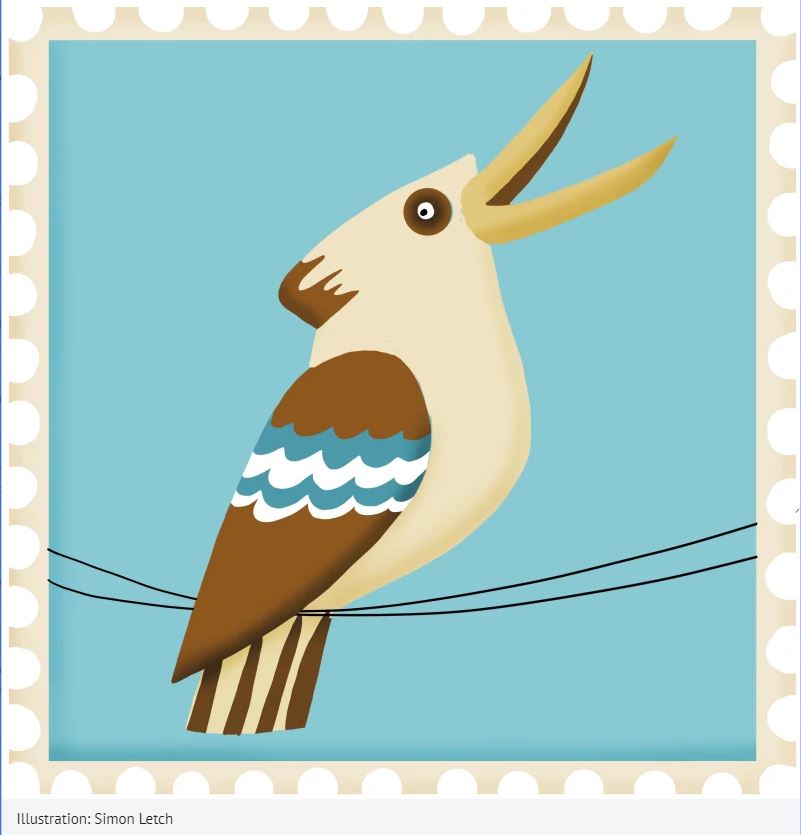Illustration: Simon LetchCREDIT:
Everyone at my all-girls high school was a nerd, but by year 8, two camps had emerged: those wise enough to the ways of the world to use deodorant after PE, and those who were yet to get the memo. I started off the school year in the latter camp; a few guerilla attacks from cooler girls armed with a can of Impulse body spray and I defected.
Horrifyingly, the particular Impulse body spray that was in vogue back then – this was the mid-’90s, when eyebrows were outlawed and Gwyneth Paltrow’s idea of alternative therapies was dating Brad Pitt – was the Spice Girls formula. The limited edition “rich Oriental blend” (thank you to the internet, which forgets nothing) was made up of “tangerine (Sporty Spice), lavender and vanilla (Baby Spice), African padouk and musk (Scary Spice), warm amber and red pepper (Ginger Spice) and jasmine and lily of the valley (Posh Spice)”. Wow, can you say problematic? We didn’t. Regardless: I can invoke that cloyingly sweet, politically offensive concoction – along with Vegemite-and-Kraft-cheese white bread sandwiches, book-covering plastic and other things which smell like teen spirit – as though 1997 was yesterday.
We don’t often talk about history in terms of its smells. Go to a museum, historic house or other cultural heritage space and your cues will be overwhelmingly visual; if there is something to touch or smell, it’s usually in a cordoned-off section for kids. But the olfactory can be a powerful memorial to what’s come before, as the Japanese government must have realised when it released a list of the country’s top 100 best-smelling spots, both natural and cultural, in 2001, or when a museum in Istanbul unveiled a 2016 exhibition, Scent and the City, celebrating 4000 years of Anatolian civilisation through odour.
Of course, some scents are best left behind. The aforementioned body spray springs to mind. But there are also smells we are losing that might be worth preserving. Cecilia Bembibre, a researcher
at London’s UCL Institute for Sustainable Heritage, has extracted the whiff of old leather gloves, a 1750 potpourri recipe and books stored at St Paul’s Cathedral for future generations.
Source: Foreign Correspondence: Preserving history’s smells and developing ‘smell maps’













